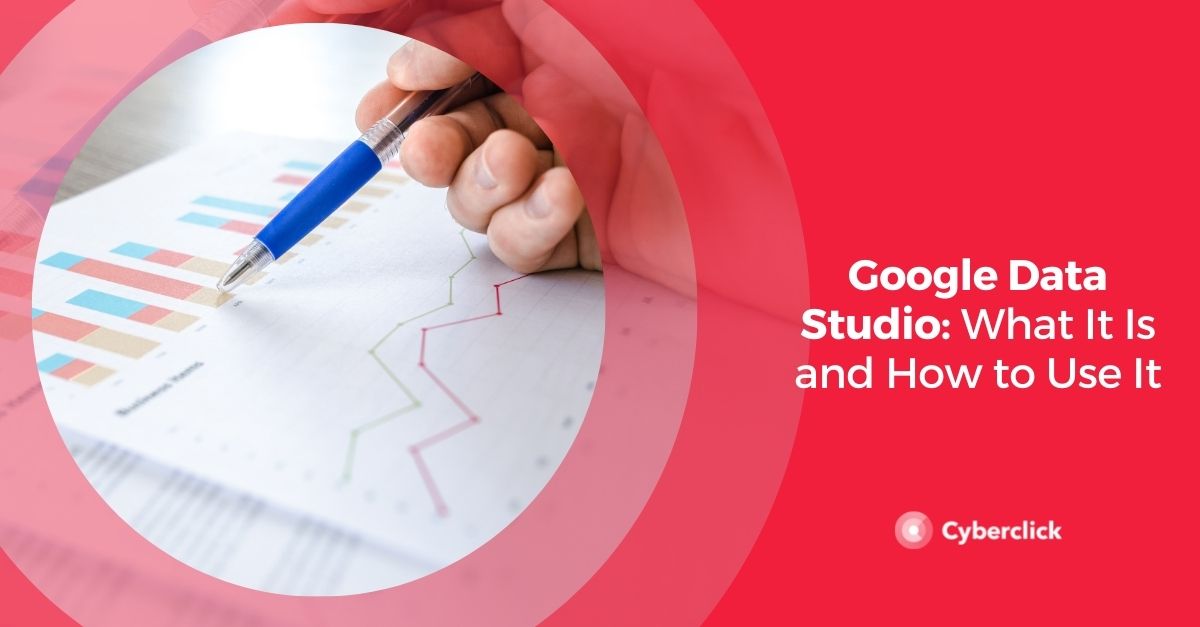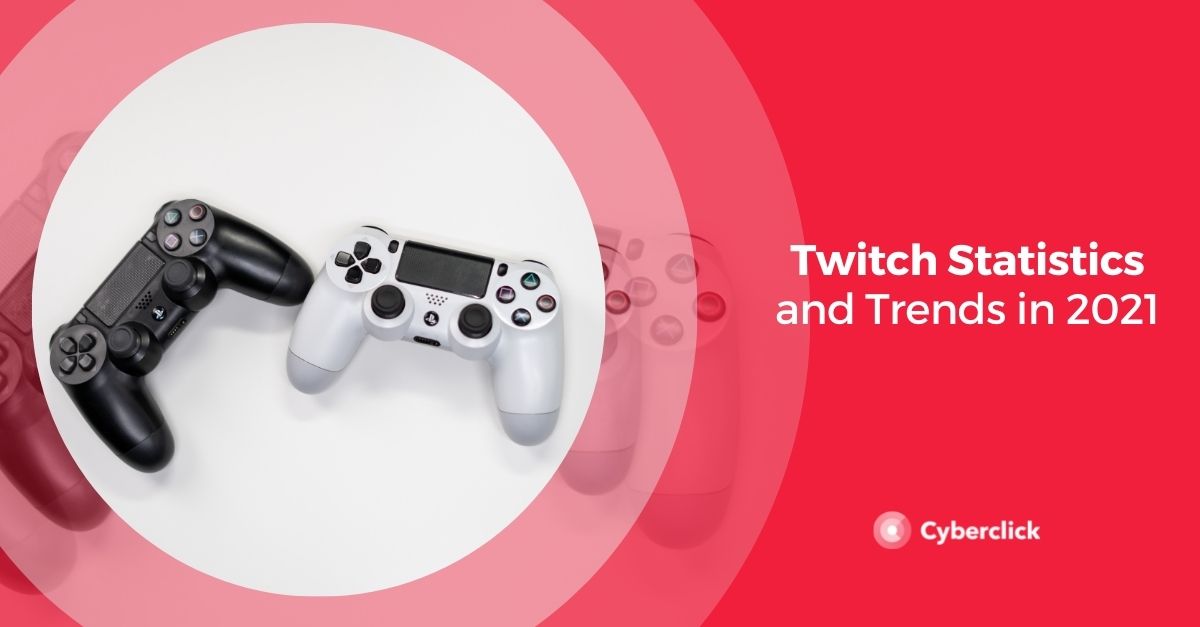Custom GPTs are a feature included in ChatGPT's Plus version since 2023, allowing you to adapt the bot to your specific needs, so it responds in a certain way. In other words, it gives you the ability to create your own version of ChatGPT and program it for a specific purpose without needing to write code.
As you might imagine, this technology is a real revolution, making AI even more accessible to a wider audience.
For now, since it’s part of the Plus version, this feature isn’t available to the general public and is part of a paid plan that costs $20 per month.
If you're interested in developing your own version of this artificial intelligence, this article will guide you through the step-by-step process.
What Is a Custom GPT Used For?
But before we dive into how to use this technology, it’s important to understand the different ways you can utilize it and whether it can truly be useful to you.
With custom GPTs, you can create specialized versions of ChatGPT to perform specific tasks. These could be daily activities, work-related tasks, or even personal projects. Furthermore, it can be applied to a wide range of industries, from education and design to marketing, customer service, and data analysis, among many others.
This allows for the streamlining and automation of a wide variety of processes. And it’s achieved by adding extra knowledge, instructions, and skills to this AI.
OpenAI (the company behind ChatGPT) plans to develop a marketplace for custom GPTs in the future, where everyone can share their personalized ChatGPTs for others with similar needs to use for a fee. This way, these creations can be monetized, helping to drive the development of this tool.
Currently, there’s a public section of GPTs where you can view and try both your creations and those of others, completely free of charge.
But What About Privacy with Custom GPTs?
The data used to train custom GPTs won’t be used to train future OpenAI models. So, in that sense, you can rest assured that your interactions with this tool will be safe and confidential.
We know this aspect is crucial for many industries, and we wanted to clear up any doubts to ensure you feel comfortable using this tool if privacy is a concern.
How to Create Your Own Custom GPT Step-by-Step
- First, you must be subscribed to GPT Plus. If you're not yet, it’s as simple as going to ChatGPT and selecting the plan you want.
- Once inside, go to “My GPTs” in your profile and click “Create a GPT.” You’ll then see a split screen. On the left side, you’ll configure your custom ChatGPT, and on the right side, you can test and experiment with your setup.
- It’s time to get to work. On the left, you’ll first need to enter a name and description for your custom ChatGPT, along with an avatar image if you wish. In fact, you can ask the AI to create one based on a description you provide.
- Next, fill in the Instructions section, where you’ll specify how you want your version of ChatGPT to behave and what its purpose will be.
- Additionally, there’s a “Conversation Starters” section where you’ll indicate the prompts that will activate the chat.
- At this point, if you want and have enough knowledge, you can click the “Knowledge” button to access a screen where you can provide content, upload more files, or perform other actions.
- Once everything is configured, simply click “Create.” A tab will open where you’ll choose a publishing option. This means you’ll decide who will have access to your custom ChatGPT (only you, people with the link, or everyone).
- After selecting your option, click “Confirm.” And that’s it! You can now start using it. But be mindful—you’ll need to use one of the conversation starters you defined during the creation process in step 5.
Use Cases for Custom GPTs
Here are a few examples of how to train your custom GPT for daily tasks, based on three potential use cases.
Training Assistant
In this first use case, our goal is to develop an assistant with knowledge about the inventory of courses and training programs we offer as a company.
We design a custom GPT, training it with information about our training programs, objectives, covered topics, practical exercises, teaching staff, budget, duration, etc., so we can later send it more specific questions based on the needs of each client.
By using the conversation starter: “I want to create a budget for a new in-company training,” we can ask the chat to inquire about the specifics of this training, so it can provide the best recommendation based on previous trainings.
SEO Article Brief Creation
In our second use case, we train a custom GPT to help us configure a brief structure for writing SEO-focused articles.
Our goal isn’t to create a GPT to write the articles themselves. In this case, we want to ask it for guidance on how an SEO article should be structured, considering relevant information such as the main keyword, secondary keywords, commonly asked questions found on Google, well-positioned reference articles for the same keyword, the URL of our blog to provide insight into our tone and style, and the market we want to target with the content.
Based on this prior information, and after training the chat with SEO knowledge and best practices, we’ll ask it to respond with an article introduction and a content structure with H1, H2, and H3 headings.
Script Creation Assistant
The last example is a video script creation assistant. In this case, we can configure a custom GPT to assist with creating video scripts by providing the structure that each type of script should follow:
- Document for short video scripts
- Document for long video scripts
- One-to-One video scripts
- Etc.
Each document should include details on how these scripts should be written, key sections, paragraph lengths, etc.
We’ll also set up our “Conversation Starter” with an automatic question that helps the chat refine the information to personalize the script according to our needs. We can ask the chat for:
- A guide document for writing the script I should use
- The video’s topic
- Main keyword
- Secondary keywords
- Video objectives
- Video hosts or people involved
- Video duration
- Non-negotiables
- Etc.
We hope these three practical examples inspire you to configure your own custom GPT.
It’s important to note that none of the answers provided by custom GPTs will be entirely valid on their own. Therefore, it’s crucial to review and rework the initial responses, in addition to tailoring them based on our expertise as marketing professionals. It’s vital to internally verify any information provided by an AI tool.
Key Account Manager Engineer en Cyberclick. Experto en desarrollo de aplicaciones web e integraciones entre sistemas con más de 10 años de experiencia. Cuenta con una licenciatura en Matemáticas, Ciclo Formativo de Grado Superior en Desarrollo de Aplicaciones Informáticas y Ciclo Formativo de Grado Superior en Desarrollo de Aplicaciones Multiplataforma.
Key Account Manager Engineer at Cyberclick. Expert in web application development and system integrations with over 10 years of experience. He holds a degree in Mathematics, a Higher Degree in Computer Application Development, and a Higher Degree in Multiplatform Application Development.






Leave your comment and join the conversation